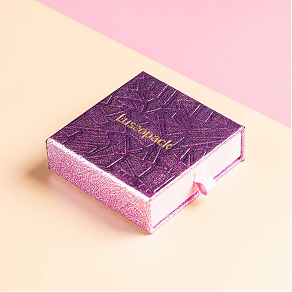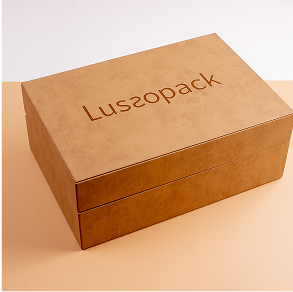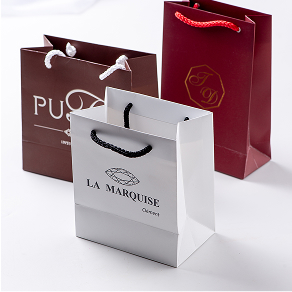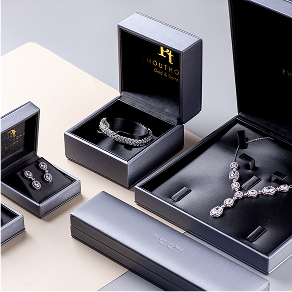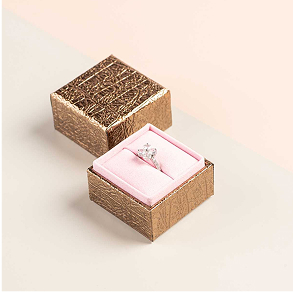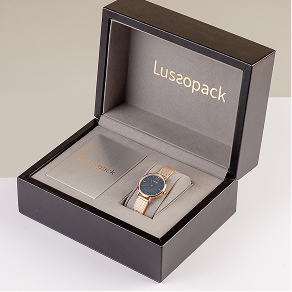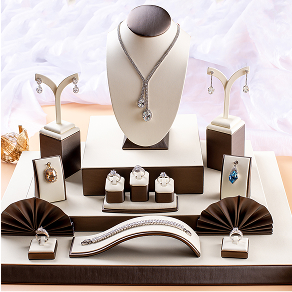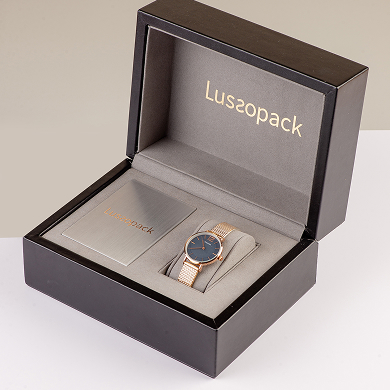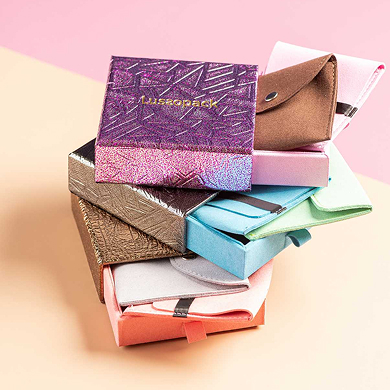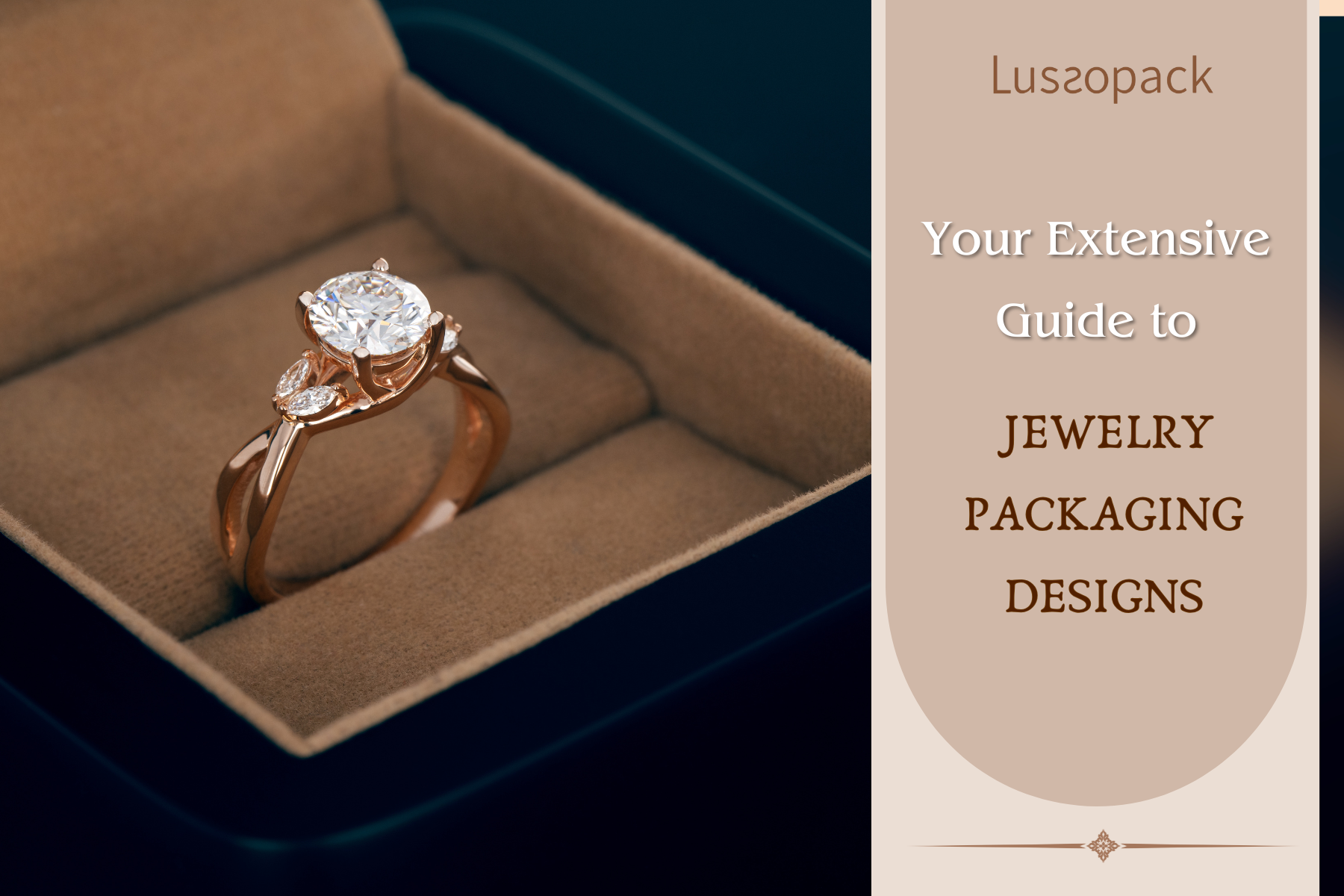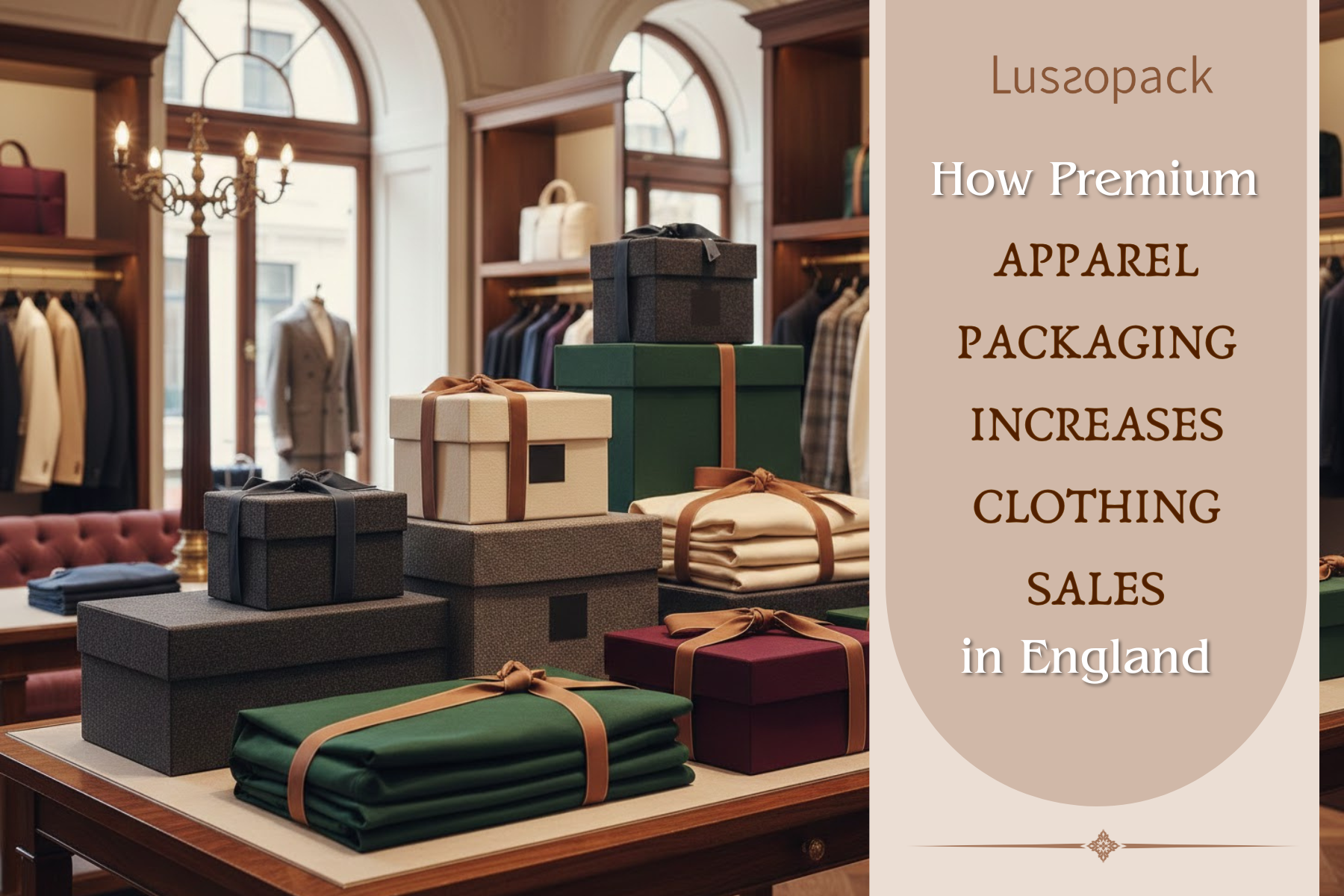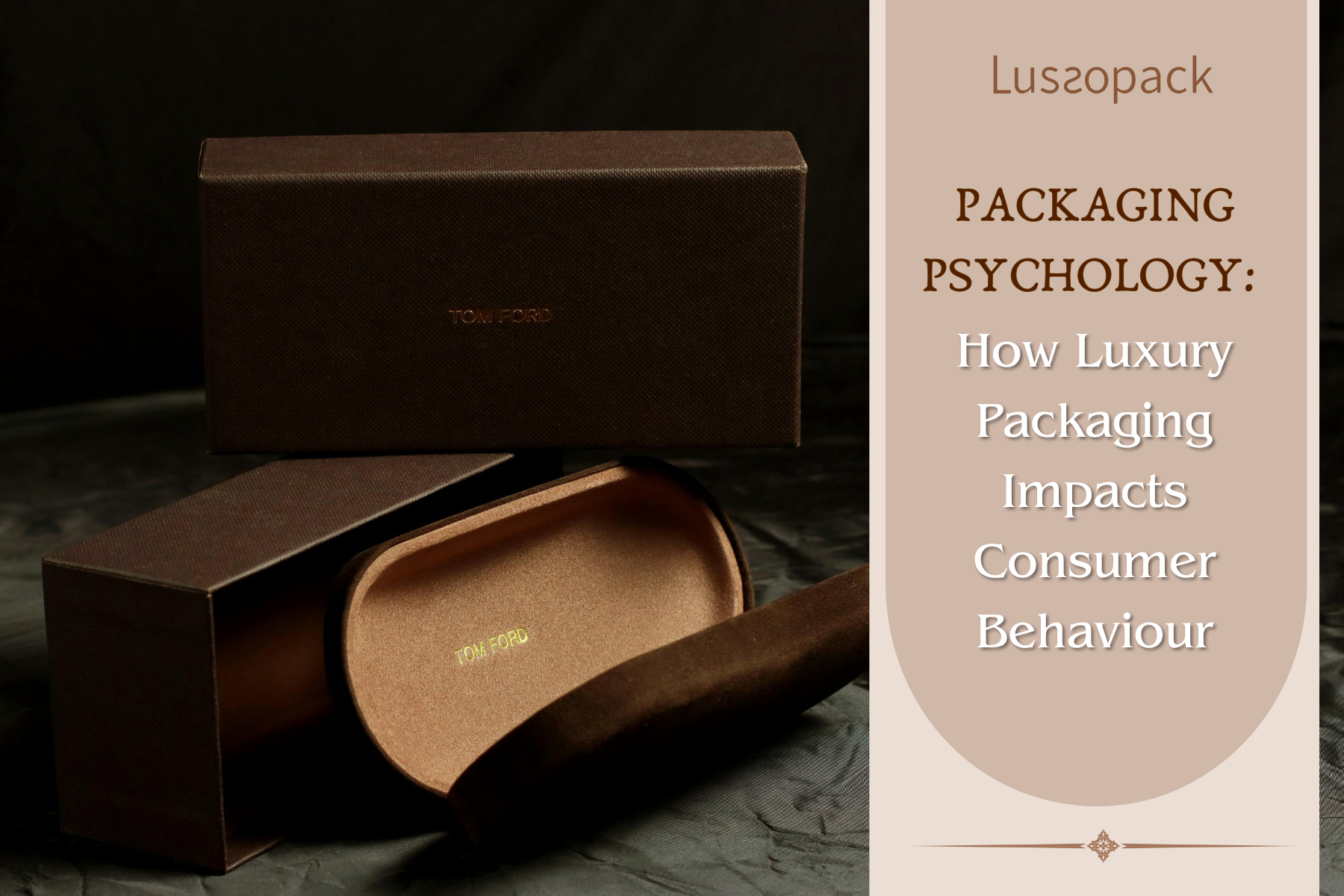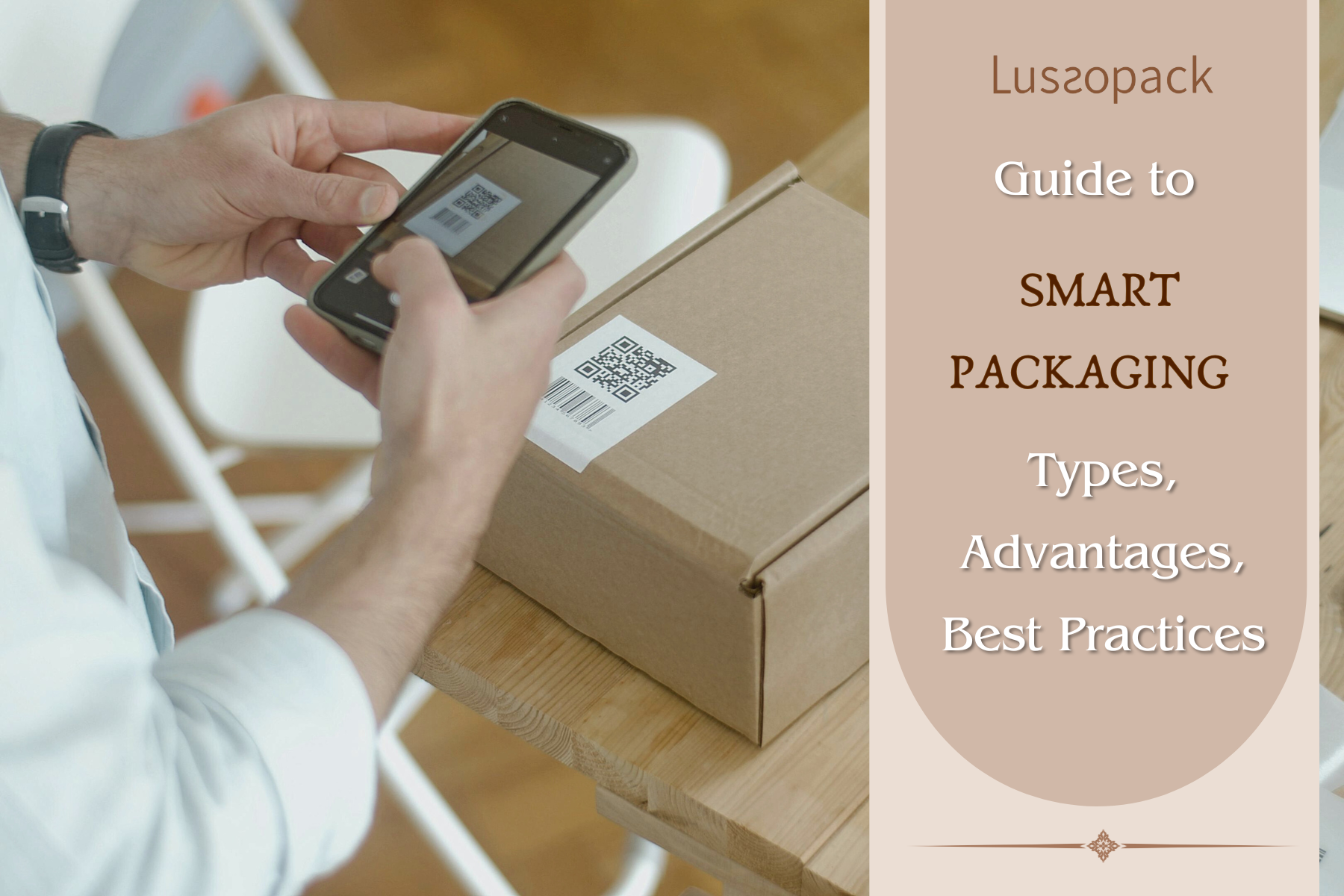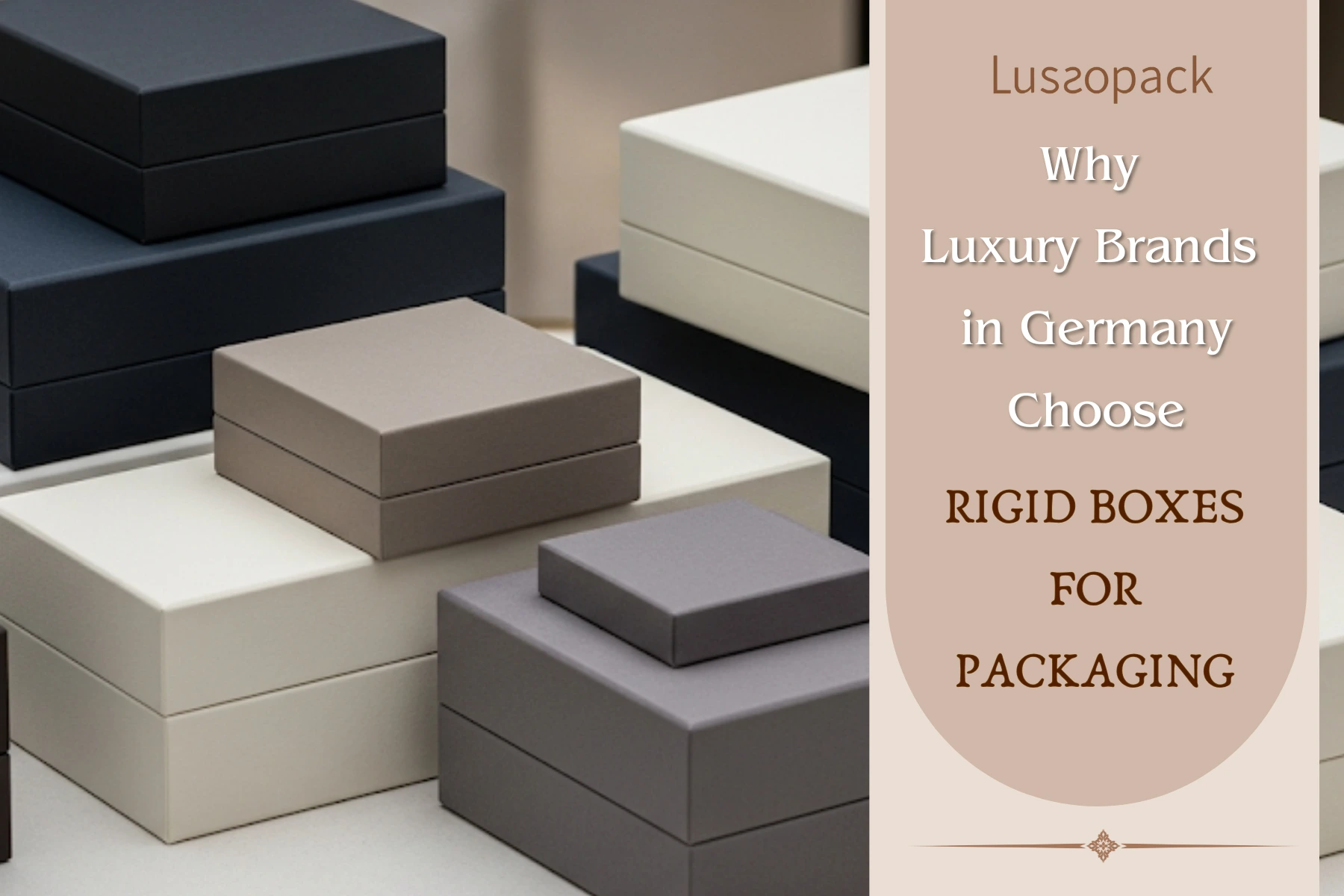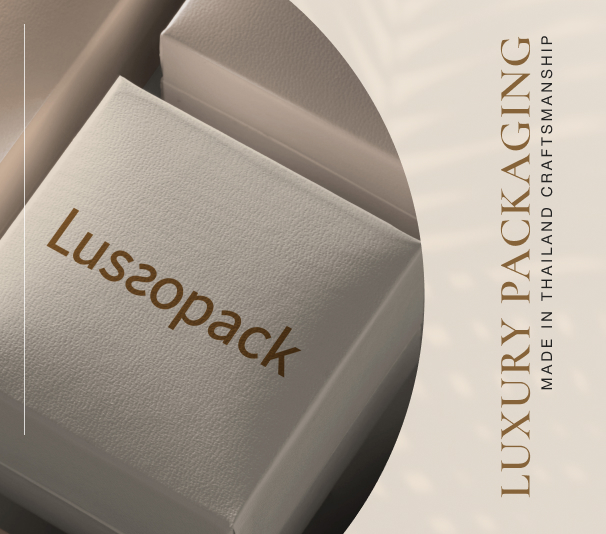With global concerns about pollution and climate change on the rise, sustainable packaging has become a key solution in tackling today’s environmental issues. Businesses worldwide are beginning to adopt sustainable packaging as a fundamental component of corporate responsibility. By switching to environmentally friendly packaging solutions, companies can help minimise ecological damage while gaining consumer trust and future-proofing their operations.
This article explores how eco packaging and sustainable product packaging help minimize environmental harm, outlines their practical benefits for businesses, and explains why adopting eco-friendly packaging solutions is now an effective strategy rather than an optional upgrade.
How Does Packaging Affect the Environment?
Packaging impacts the environment in multiple ways, including energy consumption, emissions, water use, and waste generation. The environmental harm becomes more severe when using materials like plastic, which are difficult to break down and remain in ecosystems for extended periods.
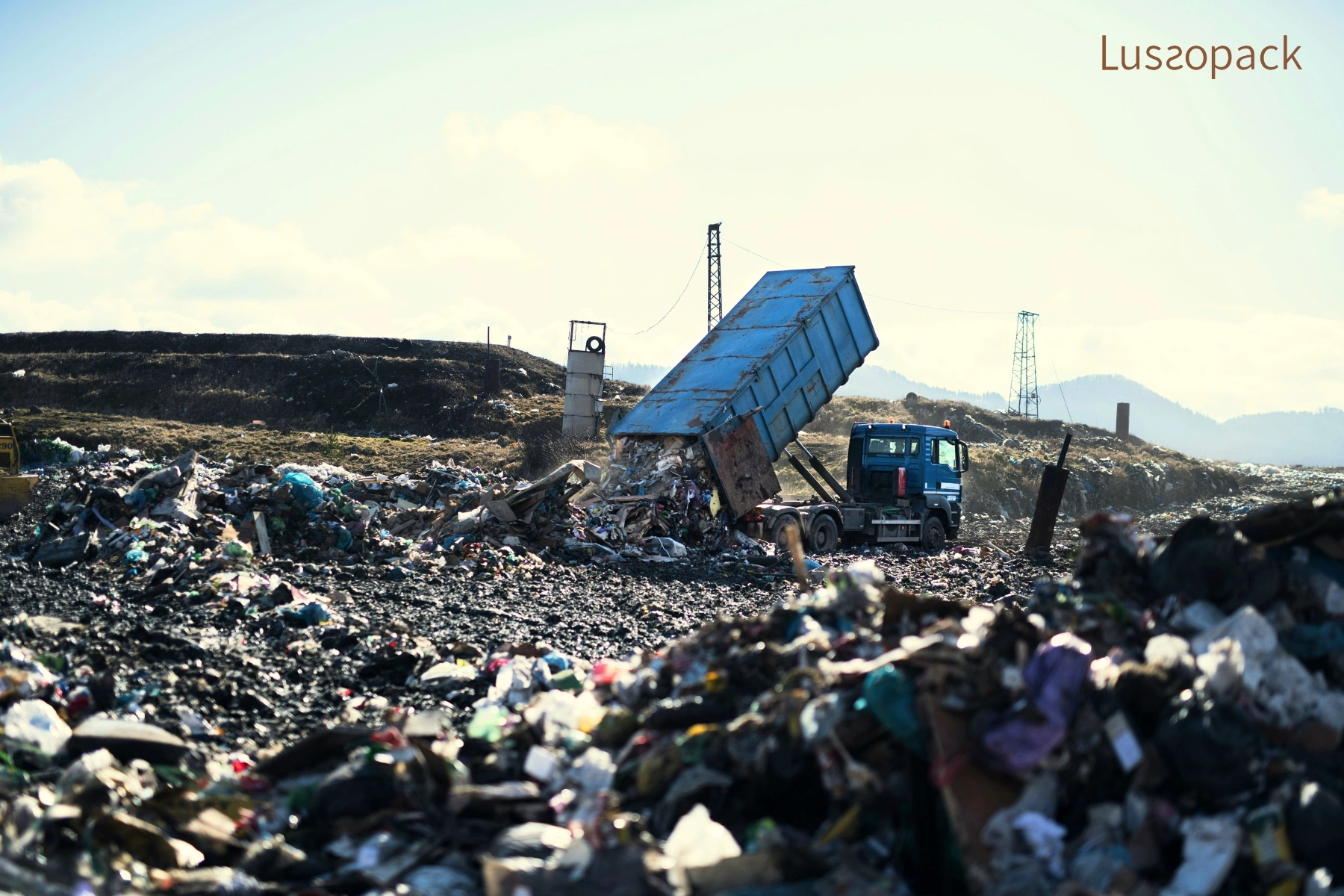
The effects of packaging on the environment can be seen in overflowing landfills, marine pollution, and the strain on recycling systems. These issues are particularly evident when looking at how packaging affects the environment, where single-use items dominate.
Knowing how various packaging materials affect the environment allows businesses to choose more sustainable options. Replacing plastic with cellulose film or using molded fiber instead of styrofoam helps reduce the impact of packaging on the environment.
This understanding reinforces why sustainable packaging is important for both environmental protection and long-term business responsibility.
What Is Sustainable Packaging?
Sustainable packaging refers to the development and use of packaging materials that have minimal impact on the environment. These materials are often recyclable, biodegradable, compostable, or derived from renewable resources. The goal is to ensure packaging fulfills its primary function of protecting and preserving products, while avoiding long-term environmental harm.
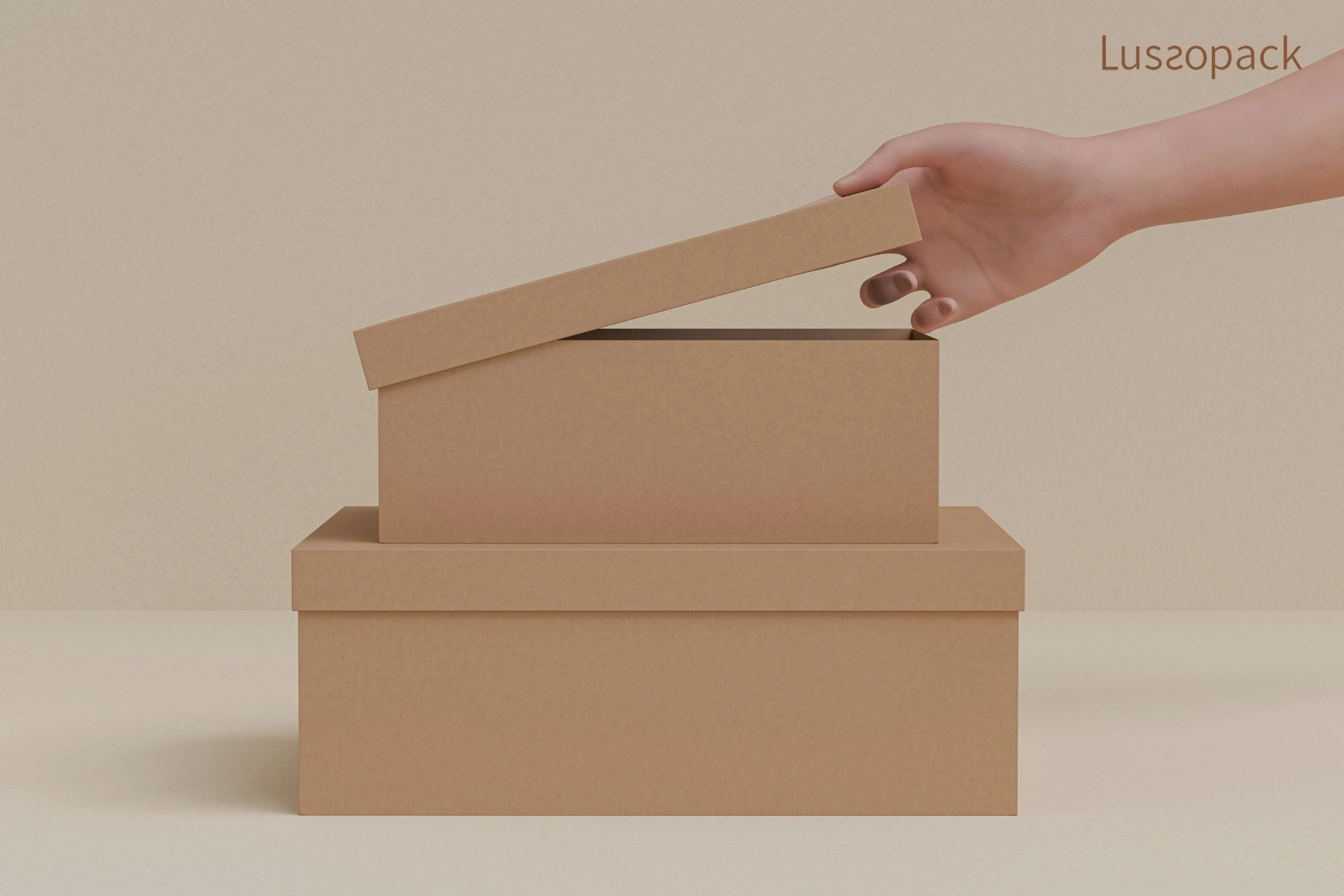
Eco friendly packaging and environmentally friendly packaging solutions are designed with the full lifecycle in mind, from raw material sourcing to end-of-life disposal. This includes considerations such as energy efficiency during production, reduced emissions during transportation, and the ease of recycling or composting after use. The sustainability of packaging also involves reducing material usage altogether through innovative design that eliminates unnecessary components.
Sustainable packaging encompasses more than the selection of materials, it also involves ensuring transparency and traceability throughout the supply chain. Businesses implementing sustainable product packaging often collaborate with certified suppliers and prioritize materials that carry environmental certifications, such as FSC-certified paper. A successful transition to sustainable packaging requires a context-specific strategy that accounts for product characteristics, logistical considerations, consumer behavior, and local waste management infrastructure. When implemented well, eco-friendly packaging aligns with and reinforces an organization’s wider environmental sustainability goals.
Benefits of Sustainable Packaging for the Environment
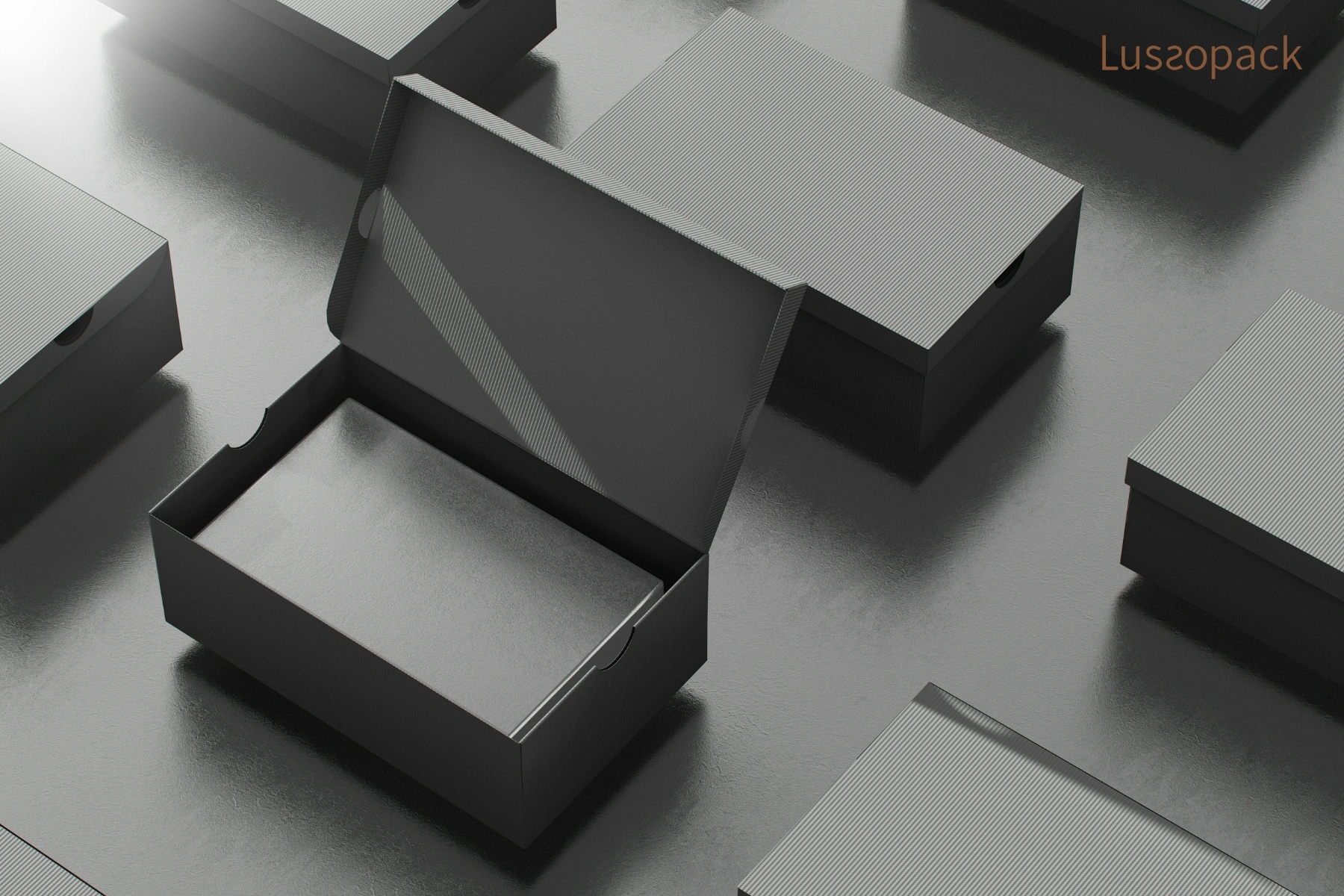
One of the most critical advantages of sustainable packaging lies in its capacity to reduce the environmental burden associated with traditional packaging methods.
By implementing environmentally friendly packaging solutions, companies help support long-term ecological preservation in multiple ways:
Minimize resource extraction
Sustainable packaging often incorporates recycled materials or renewable resources such as bamboo, cornstarch, or sugarcane. This reduces reliance on virgin raw materials like petroleum-based plastics and timber, helping to conserve natural ecosystems and biodiversity.
Lower carbon emissions
Many eco packaging designs are optimized for efficiency, using lighter materials and requiring less energy during production and transportation. This directly leads to a reduction in greenhouse gas emissions across the supply chain.
Decrease landfill waste
Recyclable and compostable packaging significantly reduces the amount of waste that ends up in landfills or the ocean. Unlike conventional plastic, which can persist in the environment for centuries, these materials are designed to reintegrate into natural or industrial recycling systems.
Protect ecosystems
Non-toxic and biodegradable materials prevent harmful substances from leaching into soil and water systems. This helps protect plant and animal life while maintaining the integrity of surrounding ecosystems.
Collectively, these practices not only lessen the immediate packaging environmental impact but also align with broader sustainability objectives. These include waste reduction, climate action, and the responsible use of resources. As ecological packaging becomes more widely adopted, it supports both corporate sustainability efforts and national environmental policies aimed at creating a more resilient and environmentally conscious future.
Why Is It Important to Use Sustainable Packaging in Business Today?
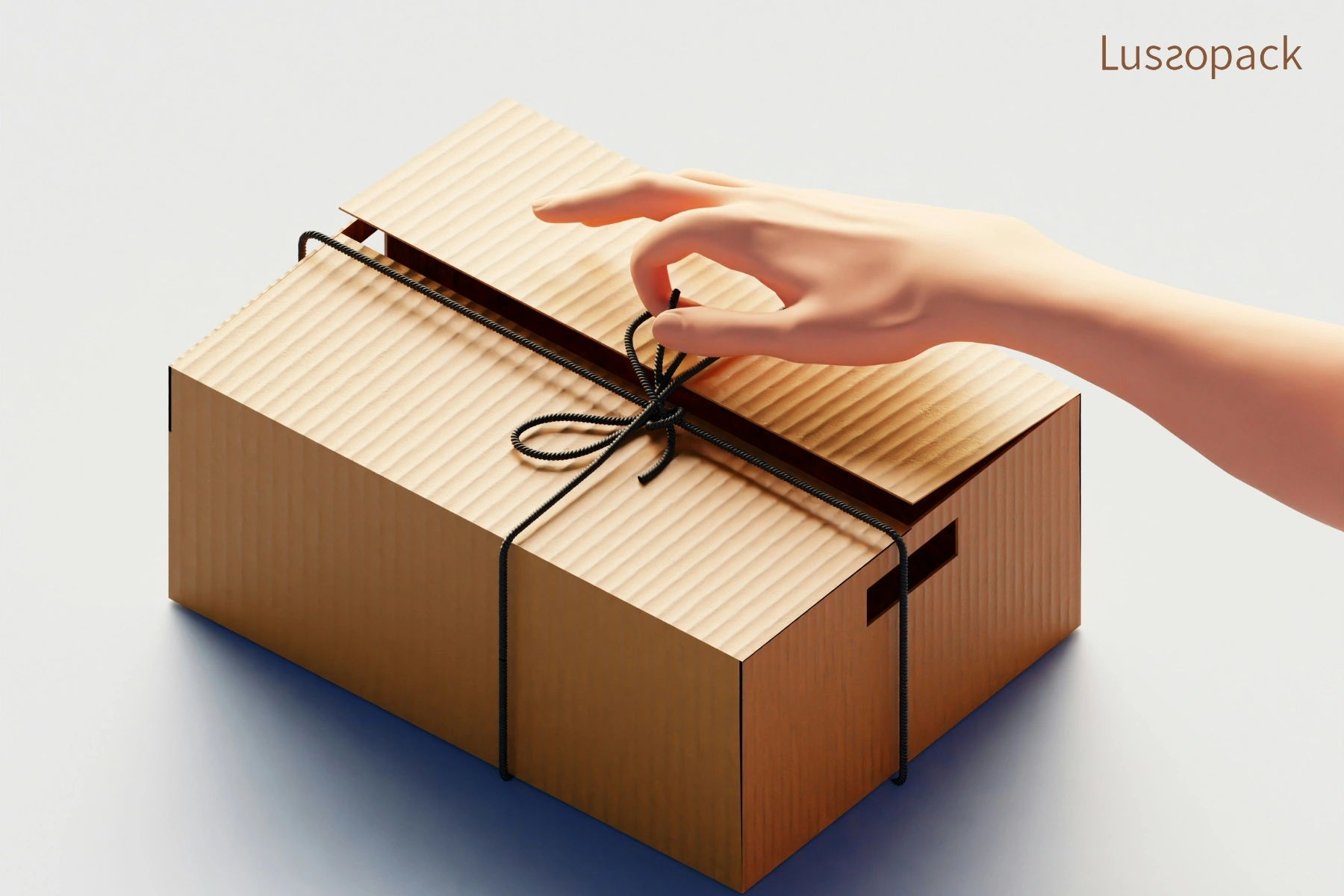
In the current business landscape, sustainable product packaging has become a key expectation rather than a passing trend. Consumers are more aware of environmental issues and increasingly consider the packaging choices of the brands they support. Businesses that choose environmentally friendly packaging are often seen as responsible, modern, and aligned with values that matter to their customers.
There are several reasons why sustainable packaging is important for businesses today
Builds consumer trust
Eco-conscious consumers tend to support brands that use recyclable, compostable, or renewable packaging materials. This builds stronger emotional connections and long-term loyalty.
Creates product differentiation
In saturated markets, packaging can be a deciding factor. Sustainable designs help products stand out, especially in industries like cosmetics, jewelry, and fashion.
Ensures regulatory readiness
As environmental regulations tighten, companies that address the environmental aspects of packaging early are better positioned to comply with future requirements.
Strengthens brand positioning
Using ecological packaging shows a brand’s commitment to responsible practices. This can improve public perception and align with sustainability values at the national and global levels.
For companies wondering why it is important to use environmentally safe packaging, the answer lies in its ability to reduce harm, meet consumer expectations, and contribute to long-term business resilience. It is a strategic move that supports growth and reputation in an increasingly sustainability-driven market.
What Packaging Is Environmentally Friendly
If you’re wondering what packaging is environmentally friendly and how you can make better choices, start by focusing on materials that are kinder to the planet.
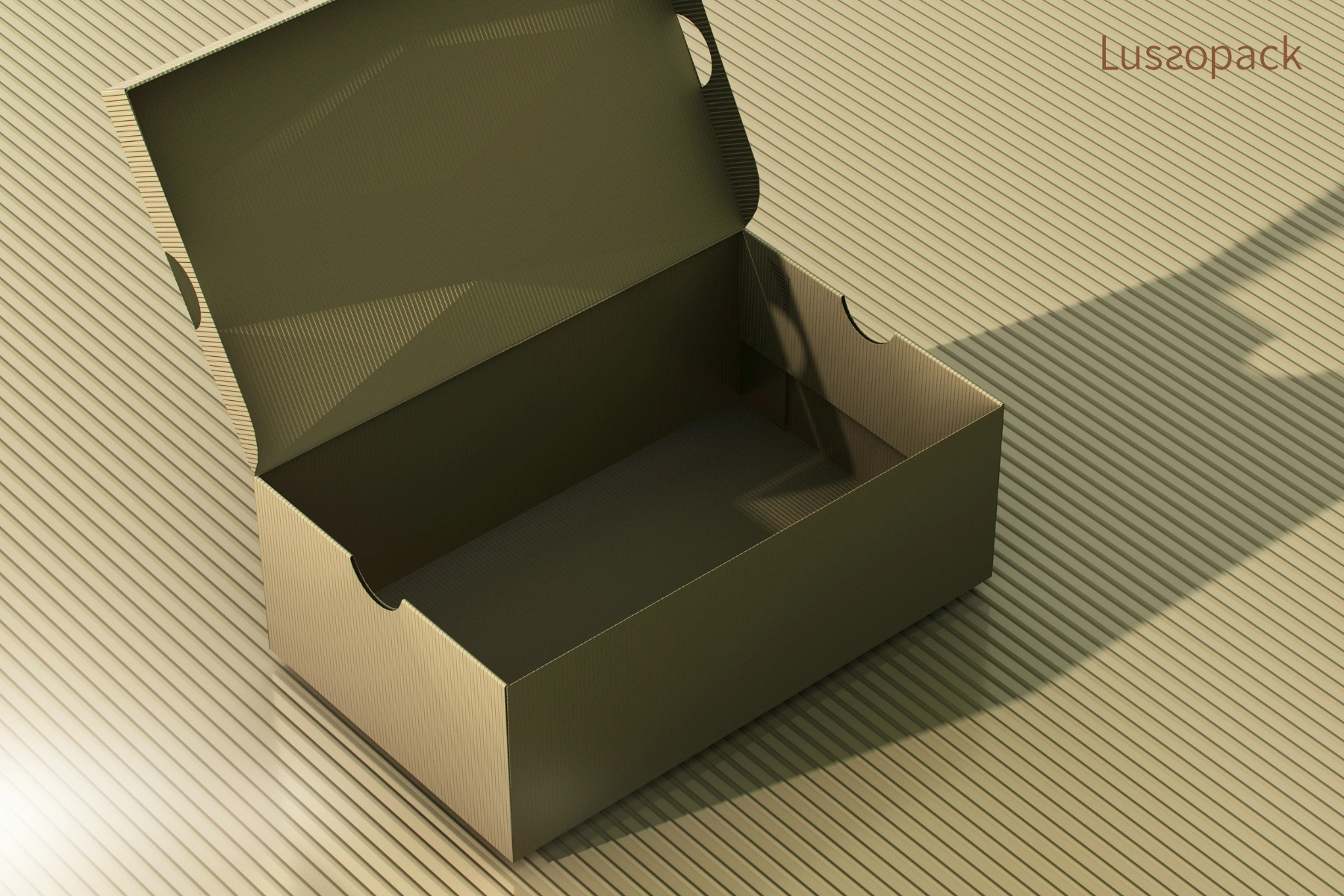
Here are some examples of environmentally friendly packaging options:
1. Recycled Paperboard Boxes
Examples:, A foldable kraft paper box with a magnetic closure, wrapped in FSC-certified paper.
Why it’s eco-friendly:, Made from post-consumer recycled paper, reducing the need for new raw materials. Fully recyclable after use.
2. Molded Pulp Tray
Examples: An inner tray made from molded pulp inside a gift box for necklaces or earrings.
Why it’s eco-friendly: Made from natural pulp (like recycled paper or agricultural waste), biodegradable, compostable, and energy-efficient to produce.
3. Sustainably Sourced Wooden Box
Examples: A pinewood jewelry box finished with natural oils and laser-engraved branding.
Why it’s eco-friendly: Crafted from FSC-certified wood, which comes from responsibly managed forests. Long-lasting and reusable.
4. Organic Cotton or Linen Pouch
Examples: A drawstring pouch for rings or pendants made from unbleached organic linen.
Why it’s eco-friendly: Made from natural fibers without harsh chemicals. Reusable and compostable at the end of its life cycle.
5. Recycled Rigid Box with Removable Insert
Examples: A book-style rigid box with a paper insert instead of sponge or plastic holders.
Why it’s eco-friendly: Built with 100% recycled cardboard and free from plastic or foam, making the entire package recyclable.
How to Choose the Right Eco-Friendly Packaging
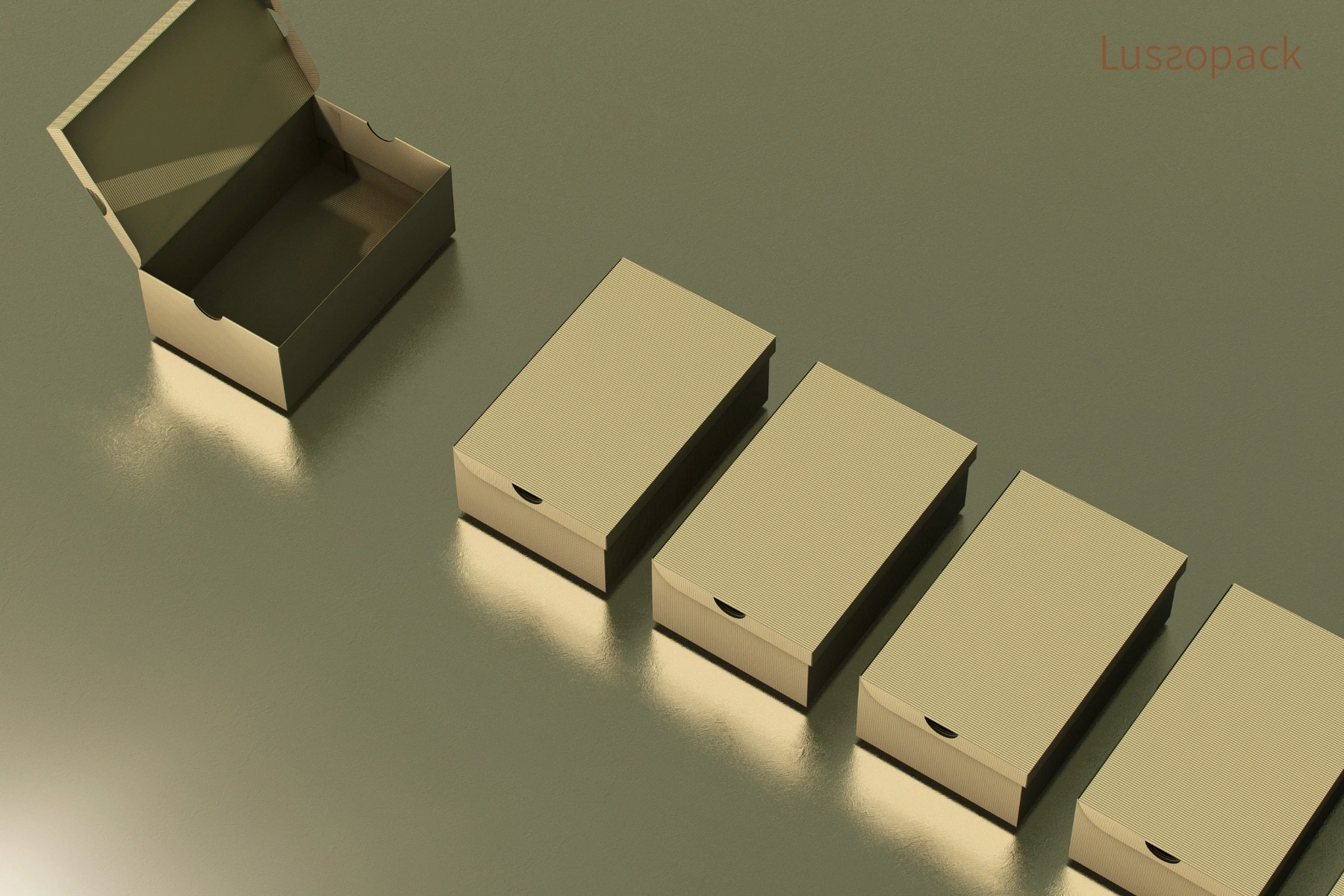
Choosing the right eco-friendly packaging is about creating a thoughtful experience that protects your product, reflects your brand, and respects the environment. For jewelry and beauty brands in particular, packaging is part of the story. It must feel intentional, look refined, and support sustainable values without compromising quality.
This is where Lussopack plays a key role. With our deep expertise in luxury and environmentally conscious packaging, Lussopack helps brands design solutions that are both elegant and responsible. From FSC-certified paper boxes to biodegradable trays, custom jewelry pouches, and luxury jewelry display cases, we offer materials and structures that match your product and visual identity. Our team understands the specific requirements of premium goods and focuses on making the unboxing experience more meaningful, with sustainability at the core.
When asking what companies use eco-friendly packaging effectively, it becomes clear that those who succeed often partner with specialists who prioritize both sustainability and brand impact. Lussopack exemplifies this by helping businesses make informed decisions at every stage of the process, from sourcing certified materials to eliminating unnecessary waste, while preserving the essence of quality and craftsmanship.


